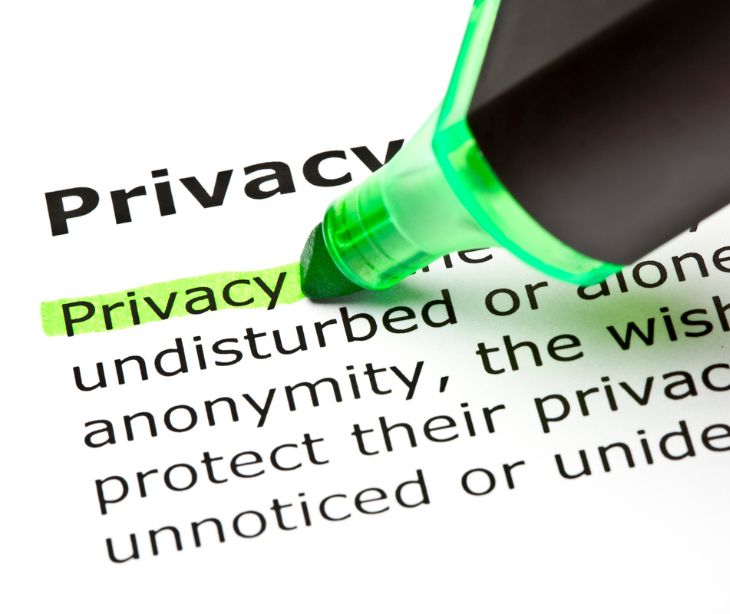
Healthcare organizations must develop HIPAA compliant authorization forms to ensure that any disclosure of protected health information (PHI) aligns with patient consent and legal requirements. These forms should clearly state the information to be disclosed, the purpose of the disclosure, the recipient, and the patient's rights to revoke authorization at any time. They must include a signature and date, and be written in plain language.
What are HIPAA's authorization requirements?
According to the HHS, "“authorization” is required by the Privacy Rule for uses and disclosures of protected health information not otherwise allowed by the Rule. Where the Privacy Rule requires patient authorization, voluntary consent is not sufficient to permit a use or disclosure of protected health information unless it also satisfies the requirements of a valid authorization."
A HIPAA compliant authorization form requires specific components:
- Patient identification: It should include the patient's full name, date of birth, and other identifiers necessary to ensure accuracy.
- Description of PHI: The form must explicitly outline the types of information being disclosed. The patient must clearly understand what's being shared, whether it's medical records, diagnostic reports, or treatment histories.
- Purpose of use or disclosure: The form must state why PHI is being used or disclosed. Whether for insurance claims, research purposes, or legal requirements, clarity in purpose ensures patient understanding and informed consent.
- Recipient information: Detail the intended recipient(s) of the PHI. Whether it's another healthcare provider, an insurance company, or a research institution, specifying the authorized recipient helps ensure the information reaches only legitimate entities.
- Expiration date or event: Define the duration or triggering event that ends the authorization. Patients should know when their authorization ends.
- Patient rights and revocation: State the process and the implications of revocation, providing patients with a sense of control and autonomy over their PHI.
- Patient signature and date: A signature signifies informed consent. Patients must sign the form voluntarily, confirming their understanding and agreement to disclose the information. Date verification adds another layer of authentication.
Related: What is a HIPAA authorization form?
Creating a HIPAA compliant authorization form
- Understanding HIPAA regulations: Conduct thorough research of the HIPAA Privacy Rule and consult legal experts to ensure comprehensive compliance.
- Elements of the authorization form: Ensure each requirement is clear and relevant, and provide examples or guidelines for patient comprehension.
- Clear language and instructions: Craft the form in simple and accessible language. Avoid medical jargon and technical terms.
- Limited authorization options: Provide checkboxes or specific sections, allowing patients to limit the scope of disclosure, and giving a sense of control over their data.
- Translation services: Beyond offering translated forms, consider providing interpretation services or support for non-English speakers during the authorization process.
- Legal counsel: Engage legal experts, especially in complex scenarios involving multiple entities or intricate disclosures. Legal guidance ensures that the form meets all legal requirements and mitigates the risk of potential legal repercussions.
- Regular review and updates: Periodic reviews and updates to the form ensure ongoing compliance with evolving regulations, keeping the document relevant and aligned with current standards.
Related: How does HIPAA differentiate between consent and authorization?
The importance of HIPAA compliance in safeguarding patient privacy
Authorization forms are the gatekeepers of PHI, ensuring ethical and lawful sharing while preserving patient privacy. Noncompliance with HIPAA authorization requirements jeopardizes patient trust and poses legal and reputational risks to healthcare entities.
FAQs
Are there any exceptions where verbal authorization can replace a written form?
In certain emergencies, verbal authorization may be accepted. Still, it must be documented and converted to a written form as soon as possible to comply with HIPAA requirements.
How should organizations handle authorization forms for minors or individuals unable to sign?
Authorization forms for minors or legally incapacitated individuals should be signed by a parent, guardian, or legally authorized representative, who must provide proof of their authority to sign on behalf of the patient.
Can a patient request a copy of their signed HIPAA authorization form?
Yes, patients have the right to request a copy of their signed authorization form for their records, and healthcare organizations must provide it upon request.
Subscribe to Paubox Weekly
Every Friday we'll bring you the most important news from Paubox. Our aim is to make you smarter, faster.




